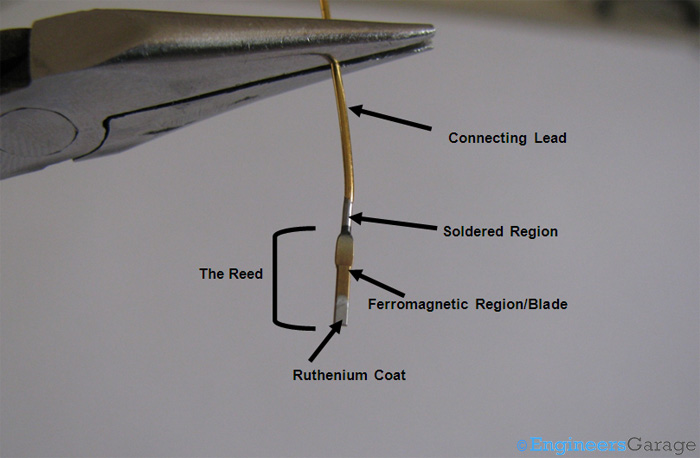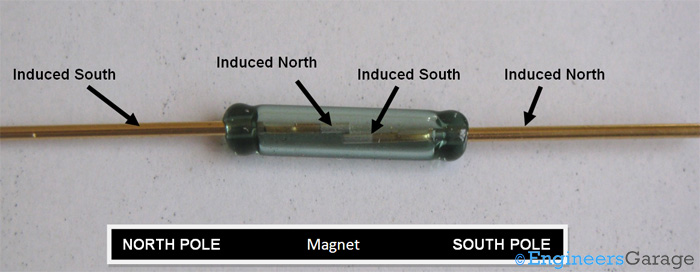Magnets have a natural tendency to attract many things. Though not perceived as a real force, but it does attract human attention when a force acting invisibly draws things to itself. By harnessing this power, humans have made wonderful inventions like the electromagnet and discover lossless conduction phenomenon like superconductivity. Among these many inventions, was the application of magnetism to switch from ON state to OFF and vice-versa in precision devices. One such switching device, which works not by the principles of electricity, but magnetism, is the Reed Switch.

Structure


The Reed

Working



Reed switches can work for low as well as high voltage applications; however, they have a higher lifetime when they work for lower voltages. They are not affected by power failures and are neither affected by harsh ambient conditions of dust, humidity and temperature extremes. Being operated only under magnetic influence, they don’t bear any stray charges thus avoiding the electrostatic discharge (ESD) problem. Once mounted on a circuit, reed switches don’t require any maintenance and can work efficiently over a wide range of voltages.
Filed Under: Insight


Questions related to this article?
👉Ask and discuss on Electro-Tech-Online.com and EDAboard.com forums.
Tell Us What You Think!!
You must be logged in to post a comment.